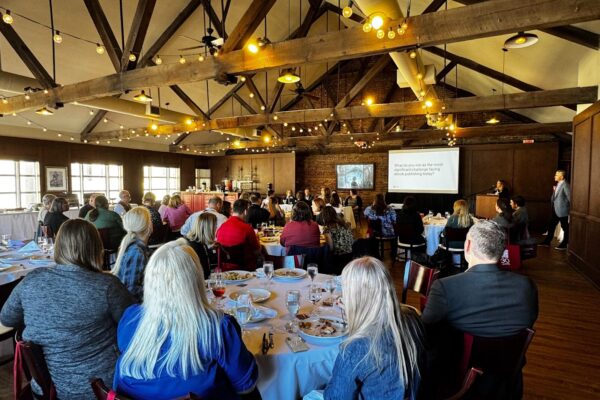By Erin Giffin, University Of Washington
[The images in this post were selected to accompany the final exercise for the course “Introduction to Western Art — Ancient” (Art History 201) offered during autumn quarter 2010. This 300-student survey class balanced lectures by Professor Margaret Laird with meetings in smaller sections supervised by graduate student Teaching Assistants, one of whom was Ms. Giffin.]

Artstor was central to this assignment’s success. Professor Laird developed an exercise to teach independent research skills and the creative analysis of evidence. It challenged students to work in pairs to develop a 5-minute, illustrated oral presentation exploring how the Column of Trajan in Rome presented the enemy Dacians. Students were free to focus on any aspect of interest to them and to use any of the various art-historical methods they had learned in the course. Laird created an Image Group composed of forty-four slides showing episodes from the first Dacian War arranged in the order in which they appear on the column. Photographs of casts of the column (scanned from UCSD slides) clarified where each scene began and ended. Brief descriptions added to the “Instructor notes” tab explained the action in each scene. These slides introduced high-resolution color photographs of the same scenes from the column itself (made by Shmuel Magal for Sites and Photos). Students could consider figures across scenes or closely study individual sections in exquisite detail using the “zoom” feature.

As a TA for two discussion sections, I observed how the students utilized the images on Artstor to develop and deliver their presentations. Many students examined the image file individually then met with their partners to compare findings. The students reveled in the intricacies of each spiraling episode; indeed, the project sparked numerous instances of original, imaginative research. Some students explored facets of Roman imagery not covered in the class (for instance, the role of Roman gods in warfare or the iconography of military standards). Others became fascinated with the history of the Dacian wars and the column’s original appearance (both its now-lost polychrome surface and its location within the Forum of Trajan). Presentations varied from comprehensive overviews of battle-scene iconography to in-depth examinations of individual passages. To support their arguments, students created PowerPoint presentations that used both full-scale images from the ARTstor group alongside “zoomed” details.

The enthusiasm that this project inspired demonstrated the power of ARTstor. In Art History we urge our students to reexamine the visual and to look analytically rather than passively. Artstor provided the students with an intense view of the Column and made critical analysis possible. The Column, which initially had seemed an incomprehensible collection of figures, quickly became a logical series of representations that glorified not only the Roman soldiers but also their worthy Dacian adversaries. Seen up close and in detail, the propagandistic undertones of each scene and the narrative as a whole drew the students into the work’s historical significance. This assignment exposed the students to the political power of art, a lesson as applicable today as it was in the Roman Empire.


